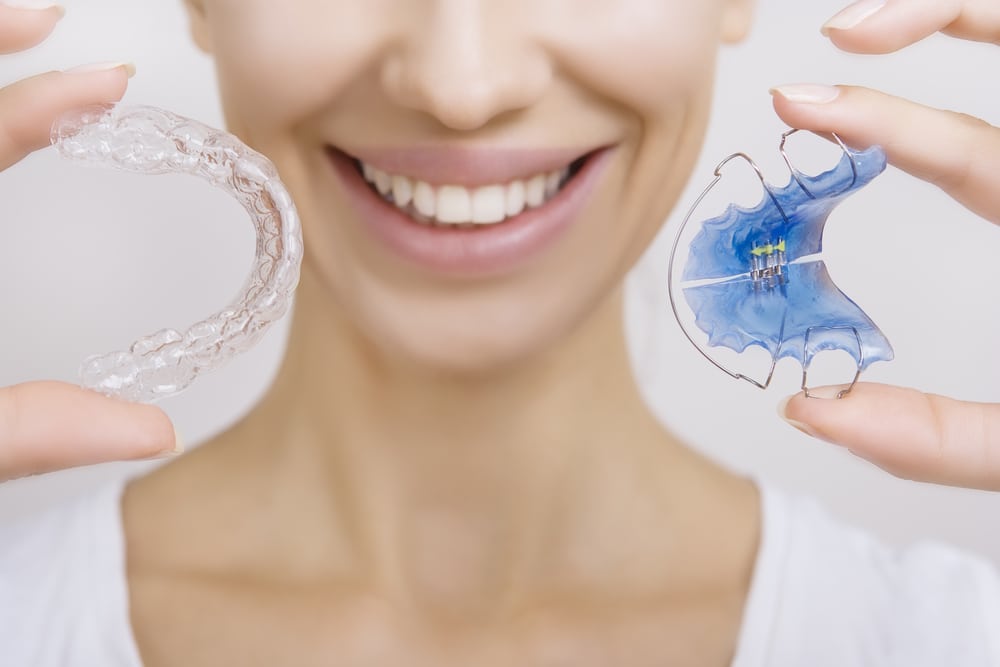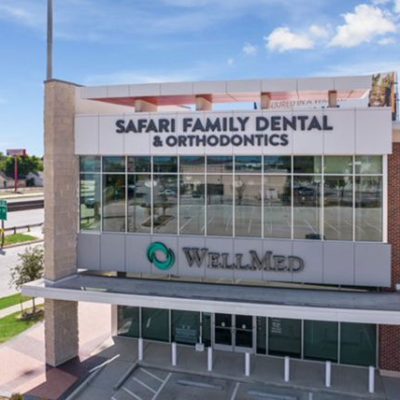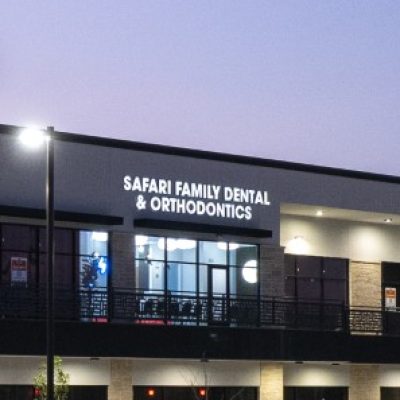Information about Retainers:
Orthodontists primarily treat patients who need help correcting certain maxillofacial problems, such as misaligned teeth, malocclusion, or too much space between the teeth. Treating these conditions requires the assistance of orthodontic appliances, of which there are many. Orthodontic appliances come in many variations – some being fixed and some being removable. They serve various purposes, from active treatment to maintenance. Some of the most commonly used orthodontic appliances include:
- Braces/Aligners – either fixed or removable; used to gently reposition the teeth into better alignment
- Retainers – used to prevent teeth from shifting to a prior position
- Splints – used to reposition the jaw, especially in TMJ patients
- Space maintainers – either fixed or removable; used to hold the space where a primary tooth once was until a permanent one can erupt
- Bumpers – used to maintain space and relieve pressure between the teeth and the lips or cheeks.
Did you know…
that braces are the most commonly used fixed orthodontic appliances in the U.S.? Invented in the early 1800s, these devices have since become widely popular. At any given time, at least 4 million people in the U.S. are undergoing orthodontic treatment. The majority of them are children and teens, although the U.S. has seen a sharp increase in adult orthodontics over the past few decades.
Frequently Asked Questions
Do I need to see an orthodontist to get an appliance?
You or your child will only need an appliance if an orthodontist recommends one based on a diagnostic evaluation. Schedule a consultation with your orthodontist to find out more about appliances and whether they can help you achieve your cosmetic and health goals.
What should I expect when I am fit for an appliance?
If your orthodontist determines that you are a candidate for an oral appliance, you’ll be brought in for a custom fitting. Fixed appliances, such as braces, are applied in the office. Others, such as retainers, are fabricated in a dental lab after your orthodontist takes an impression of your mouth.
Will I need to follow any special instructions in caring for my orthodontic appliance?
Yes, and you will receive those instructions before leaving your orthodontist’s office. Removable appliances must be worn according to your orthodontist’s instructions and also properly cleaned and stored when not in use. Fixed appliances require dietary changes to protect them from becoming a damaged and prolonging treatment.
Information about Composite Fillings:
They can be used to fill in decayed areas of the teeth, as well as to help repair chipped or broken teeth. Most dentists use composite restorations to treat the teeth closest to the front of the mouth, as they are more noticeable when patients smile. However, advancements in dental technology and the composition of composite fillings have made it possible for dentists to also use tooth-colored fillings on molars, which receive more wear than other teeth.
Did you know…
That composite fillings allow dentists to preserve more of the natural tooth structure? This is because composite materials chemically bond to the surface of the tooth like an adhesive. The process takes slightly longer to complete than traditional amalgam fillings, but patients can preserve more of the natural portion of the teeth while enjoying a restoration that is discreet and understated.

Frequently Asked Questions
Am I a candidate for tooth-colored fillings?
If you have a cavity, broken tooth, or a deteriorated filling, you may be a candidate for a tooth-colored filling. Schedule a dental consultation to find out if composites are right for you.
What should I expect if my dentist decides a composite filling is right for me?
During your visit, your gums and teeth will be anesthetized with a local anesthetic near the site of the filling. Once the area is numb, the decayed or damaged portion of your teeth will be removed to make room for the new tooth-colored filling. A resin will be placed over the area and cured with a hand-held light for less than a minute. The new filling will then be shaped and polished before the procedure is complete.
What type of post-treatment care is required after getting a composite filling?
Composite fillings are cured with light at your dentist’s office. You should be able to return to normal activity and oral care immediately after your visit. It’s normal for treated teeth to experience some sensitivity to hot and cold in the days following treatment, but sensitivity that persists beyond a week should be reported to your dentist.





















